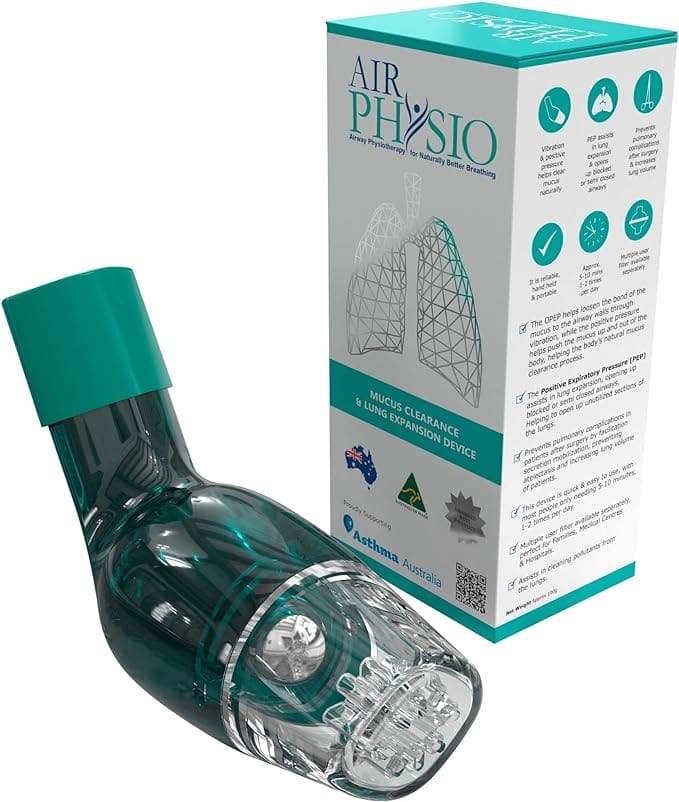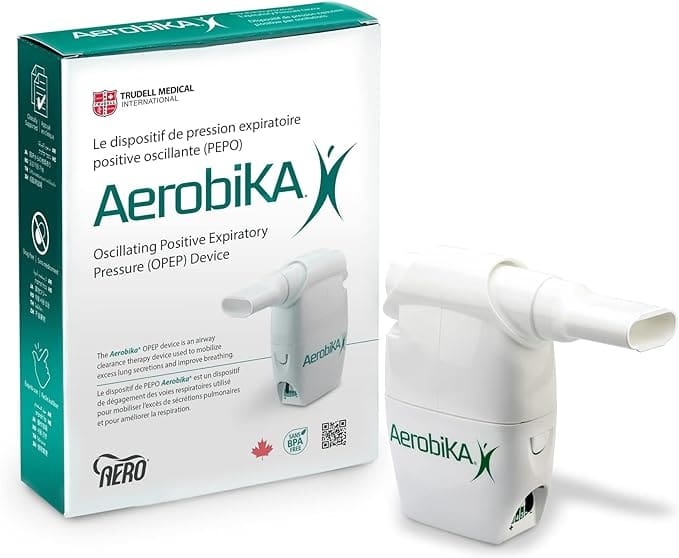Definition
Bi-level Positive Airway Pressure (BiPAP) actively aids individuals with respiratory conditions, facilitating easier breathing through non-invasive ventilation therapy.
Expanded Explanation
BiPAP machines deliver pressurized air through a mask to the user’s airways, keeping them open and preventing apneas. The “bi-level” refers to the machine providing two different levels of pressure – a higher pressure during inhalation (IPAP) and a lower pressure during exhalation (EPAP).
Importance
BiPAP is vital in the field of respiratory therapy because it assists patients suffering from conditions like obstructive sleep apnea, chronic obstructive pulmonary disease (COPD), and other respiratory disorders. It can significantly improve their quality of life by alleviating symptoms such as shortness of breath.
Context and Usage
Hospitals use BiPAP for acute care and individuals at home for long-term therapy, especially when they struggle to tolerate CPAP therapy.
Examples
- Example 1: A patient with severe sleep apnea may use a BiPAP machine at night to maintain their airway patency, reducing the occurrence of apneas and improving their sleep quality.
- Example 2: A person suffering from advanced COPD might use BiPAP to assist their breathing, particularly during a COPD exacerbation.
Understanding Bi-level Positive Airway Pressure (BiPAP)
A common misconception about BiPAP is that it’s only used for sleep apnea. While it’s widely used for this condition, BiPAP can also be highly beneficial for other respiratory conditions.
Related Glossary Terms
- Continuous Positive Airway Pressure (CPAP): This is a related term because CPAP is another type of non-invasive ventilation, but it uses a single pressure level.
- Obstructive Sleep Apnea (OSA): OSA is a condition often treated with BiPAP therapy.
Visual and Reading Aids
External Resources
- Amercian Accademy of Sleep Medicine (AASM): This page enumerates current clinical practice guidelines and clinical advice statements, previously referred to as position papers, from the AASM. These guidelines focus on the application of diagnostic procedures and treatment alternatives for individuals suffering from sleep disorders.
- Mayo Clinic – New hope for COPD patients possible with in-home device
Related Articles
- Overcoming Fatigue, Headache, Nausea: Your Comprehensive Guide to Better Health: This blog post offers a comprehensive guide for understanding and managing prevalent symptoms like fatigue, headache, and nausea. It emphasizes the crucial role of lifestyle modifications, home remedies, and the need to seek professional medical help when required.
- Discover 10 Powerful Ways to Overcome Sleep Apnea Naturally: This article provides in-depth strategies for managing and improving sleep apnea symptoms naturally. It emphasizes lifestyle modifications such as maintaining a healthy weight, exercising regularly, optimizing your sleep environment, and practising relaxation techniques.

